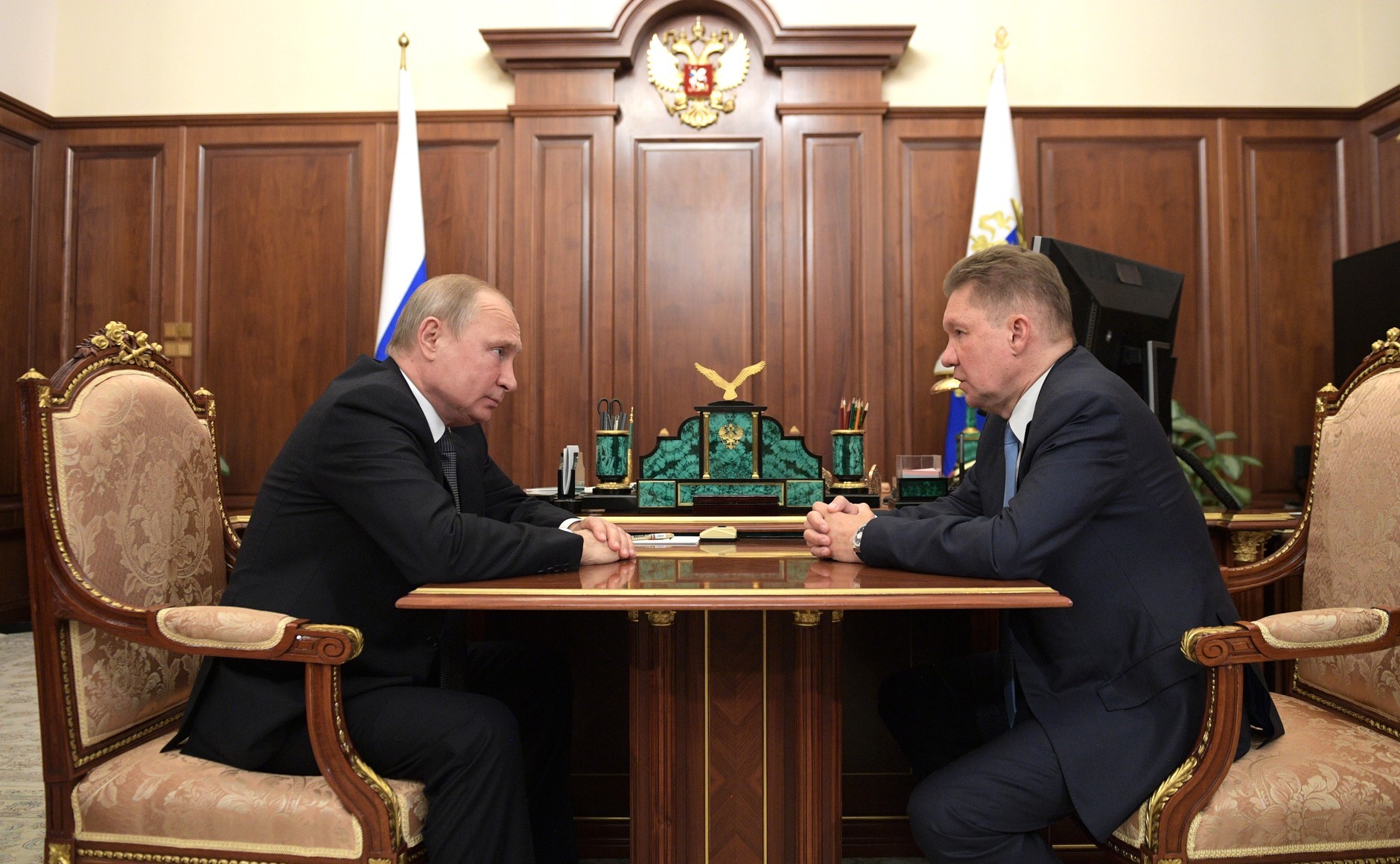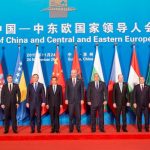RUSSIA MONITOR
Date: 20 September 2019
Putin Orders Gas Link Between Yamal and China
The Kremlin is consistently leaning towards boosting cooperation with China while making efforts to build, along with its Chinese ally, the Moscow-Beijing anti-U.S. axis. What stands out as the top assets are hydrocarbon resources that Russia seeks to export in large amounts to the Middle Kingdom, though such a business is less economically viable than trading gas to the European market. It cannot be ruled out Moscow’s gas tilt towards Asia is to some extent triggered by fears over mounting competition from U.S.-sourced liquefied natural gas (LNG).

On September 3, a Gazprom delegation, headed by the company’s CEO Alexei Miller, arrived in Beijing for talks. These, in addition to the Russian envoys, involved China’s deputy prime minister and the chief executive officer of CNPC, Gazprom’s top gas partner on Chinese soil. High on the agenda were the prospects for joint energy cooperation, and mostly gas supplies, along with the status of preparatory works before the commencement of gas shipments via what is called the eastern route on December 1, 2019. In May 2014, Gazprom and China National Petroleum Corporation (CNPC) signed a 30-year agreement for gas to be supplied via the eastern route (Power of Siberia gas pipeline), meant to deliver 38 billion cubic meters of gas per year. In 2015, Gazprom and CNPC inked a letter of intent on delivering gas supplies from Western Siberian fields via a western route (Power of Siberia-2 pipeline). Russia’s Gazprom is currently in the process of building the Power of Siberia, a 4,000-kilometer pipeline to connect the Russian Far East with northern China. The trunkline runs through the Russian town of Blagoveshchensk into the Chinese province of Heilongjiang. Its capacity will be 38 billion cubic meters of gas per year. At the meeting, Miller said that the Chayandinskoye field had been connected to the Power of Siberia gas pipeline in August 2019. Attention was drawn to gas supply projects linking Russia’s Far East and China through the so-called western route.
Support Us
If content prepared by Warsaw Institute team is useful for you, please support our actions. Donations from private persons are necessary for the continuation of our mission.
The matter of how the so-called western route should run, along with its gas fields, topped the agenda of the Putin-Miller talks just days after the latter came back from meetings in Beijing. On September 9, Miller visited the Kremlin to discuss with Putin natural gas export to China, including the building of infrastructure for deliveries. The president told Miller that he wanted to see shipments of natural gas flowing to China also from the Yamal Peninsula. A new delivery route can be developed through Mongolia, a solution that Putin discussed with his Mongolian counterpart earlier this month. This is where the “western” supply lane would be expected to run through. Initially, the so-called western pipeline route between was projected to go through Russia’s Altai and into China’s Xinjiang province, but now Mongolia has become part of the venture. Upon Putin’s request, Gazprom is obliged to submit its plans for this connection. In the wake of the Putin-Miller meeting, deliveries of natural gas from the Arctic Yamal Peninsula could become one of the top sources of supply to China running along the so-called western route. Gazprom holds 32 licenses in the Yamal region and its resource estimates exceed 26 trillion cubic meters. Yamal gas shipments are sent westward, to Europe. Exporting gas supplies to China necessitates a new energy pipeline to be constructed to link the peninsula and the Siberian gas trunkline.
All texts published by the Warsaw Institute Foundation may be disseminated on the condition that their origin is credited. Images may not be used without permission.














